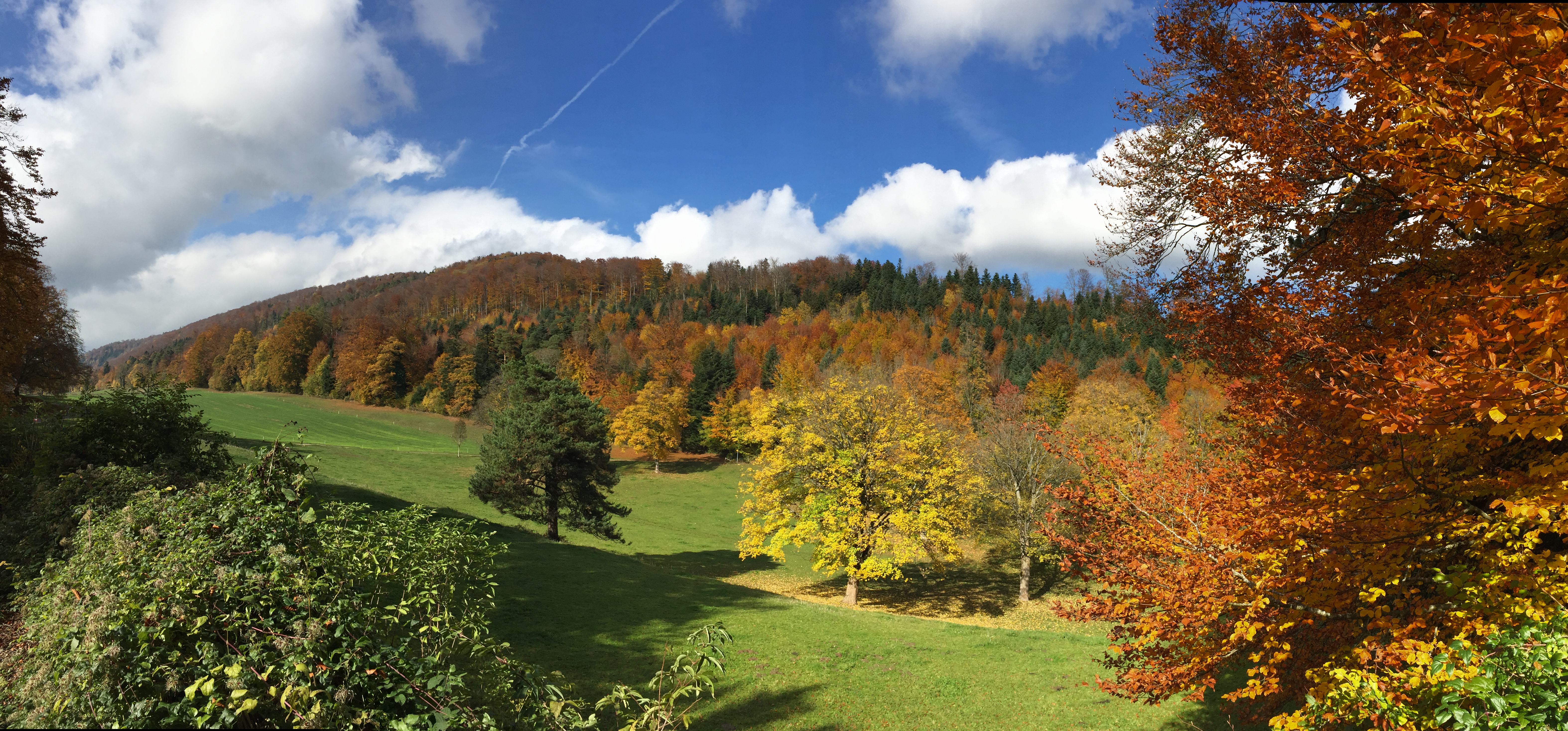Swiss Forest on:
[Wikipedia]
[Google]
[Amazon]
 The forests of Switzerland are located across much of the country, at elevations up to the
The forests of Switzerland are located across much of the country, at elevations up to the
 The forests of Switzerland are located across much of the country, at elevations up to the
The forests of Switzerland are located across much of the country, at elevations up to the tree line
The tree line is the edge of the habitat at which trees are capable of growing. It is found at high elevations and high latitudes. Beyond the tree line, trees cannot tolerate the environmental conditions (usually cold temperatures, extreme snow ...
, which lies at about 2,000 metres above sea level. They cover 1.3 million hectares or 32% of Switzerland
). Swiss law does not designate a ''capital'' as such, but the federal parliament and government are installed in Bern, while other federal institutions, such as the federal courts, are in other cities (Bellinzona, Lausanne, Luzern, Neuchâtel ...
. The most wooded regions of the country are the massifs of the Jura and the Alps
The Alps () ; german: Alpen ; it, Alpi ; rm, Alps ; sl, Alpe . are the highest and most extensive mountain range system that lies entirely in Europe, stretching approximately across seven Alpine countries (from west to east): France, Sw ...
. The diversity of the climate in Switzerland favors both deciduous
In the fields of horticulture and Botany, the term ''deciduous'' () means "falling off at maturity" and "tending to fall off", in reference to trees and shrubs that seasonally shed leaves, usually in the autumn; to the shedding of petals, ...
and coniferous
Conifers are a group of cone-bearing seed plants, a subset of gymnosperms. Scientifically, they make up the division Pinophyta (), also known as Coniferophyta () or Coniferae. The division contains a single extant class, Pinopsida. All ext ...
forests.
Definition
In Switzerland, the forest is defined as: This includes: This excludes: The minimum area for a stand of trees to be considered as a forest and not an isolated group is defined by the cantons.Size and repartition
In 2012, the wooded area in Switzerland occupied . Its distribution in the different geographical areas of the country is 18% in the Jura, 18% on theSwiss Plateau
The Swiss Plateau or Central Plateau (german: Schweizer Mittelland; french: plateau suisse; it, altopiano svizzero) is one of the three major landscapes in Switzerland, lying between the Jura Mountains and the Swiss Alps. It covers about 30% of ...
, 19% in the northern Alpine foothills, 31% in the High Alps and 14% on the south side of the Alps. As for its owners, , i.e. 29%, belong to approximately 250'000 private owners and respectively, i.e. 71%, to public owners. In constant evolution, it has increased in size by about 3% since 1991 in a very unequal way depending on the region.
The total surface increased slightly to in 2015, of which of productive surfaces, of unproductive surfaces and of forest reserves. The breakdown and number of private and public owners remains similar to 2012.
Trees
The country's forests are composed of a total wood volume of about 422 million cubic meters. There are 67% softwoods, mainly firs andspruce
A spruce is a tree of the genus ''Picea'' (), a genus of about 35 species of coniferous evergreen trees in the family Pinaceae, found in the northern temperate and boreal (taiga) regions of the Earth. ''Picea'' is the sole genus in the subfam ...
s, and 33% hardwoods, with mainly beech
Beech (''Fagus'') is a genus of deciduous trees in the family Fagaceae, native to temperate Europe, Asia, and North America. Recent classifications recognize 10 to 13 species in two distinct subgenera, ''Engleriana'' and ''Fagus''. The ''Engl ...
. Since the 2010s, there has been a dominance of mixed stands in Swiss forests, with only 19% pure stands. According to the national forest inventory, 92% of regenerating stands come from natural seeding. There are 120 different forest types in Switzerland.
References
{{Switzerland topics, state=collapsed Landforms of Switzerland